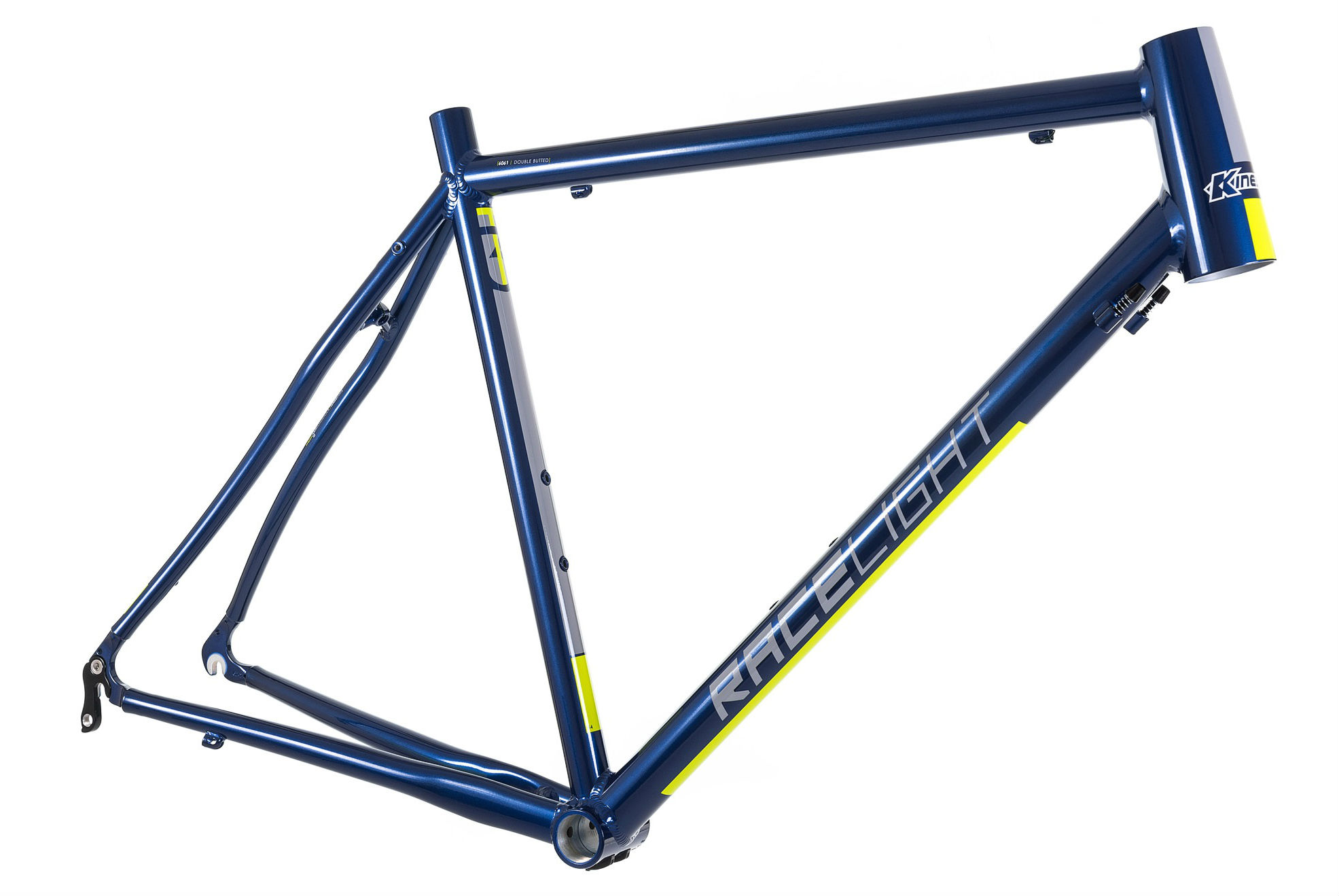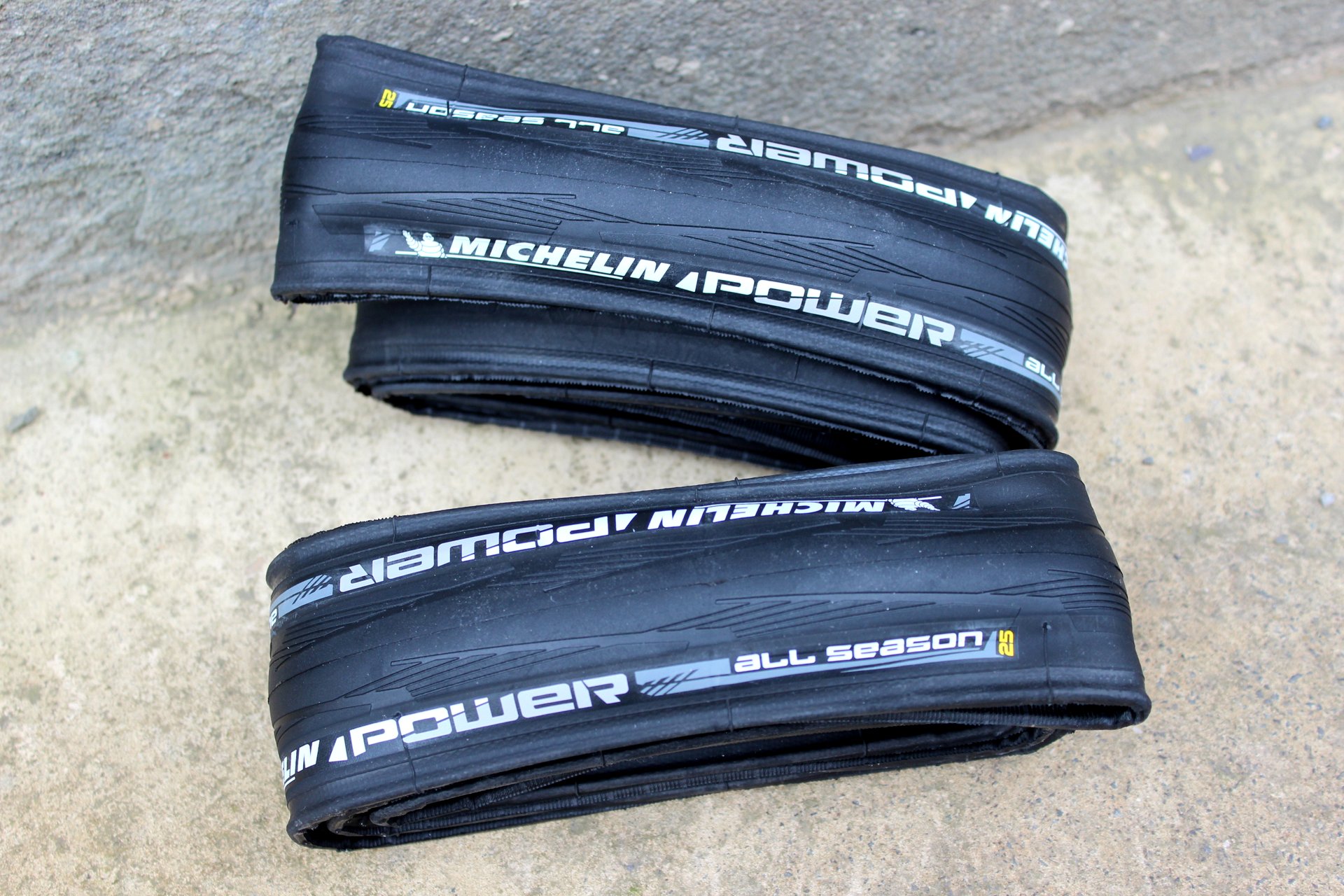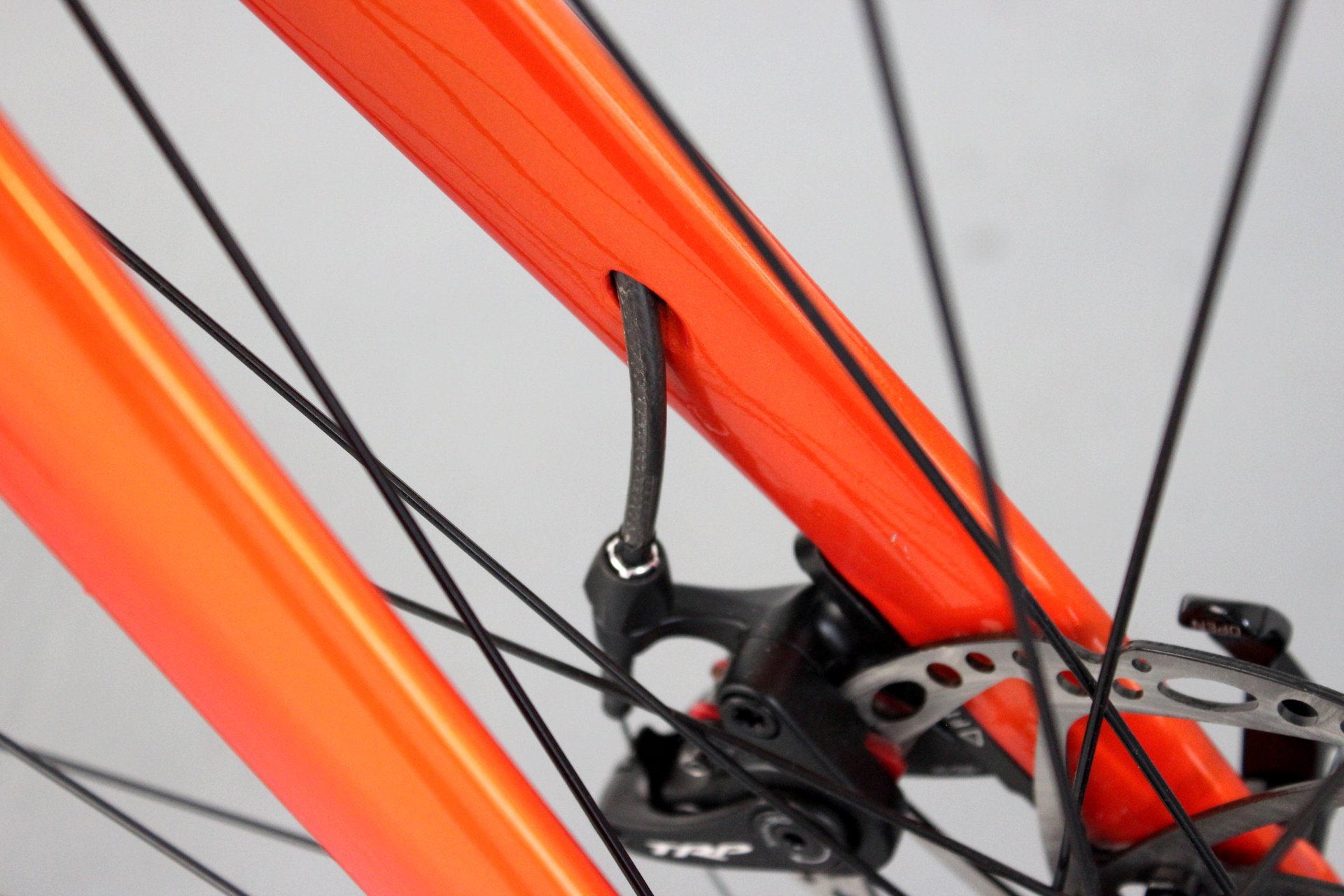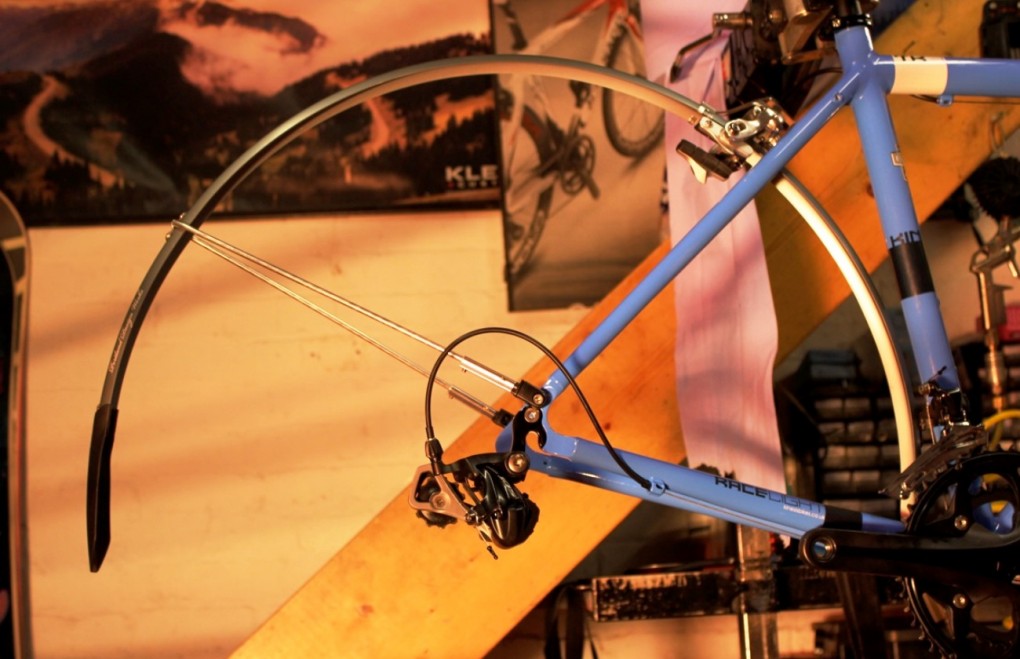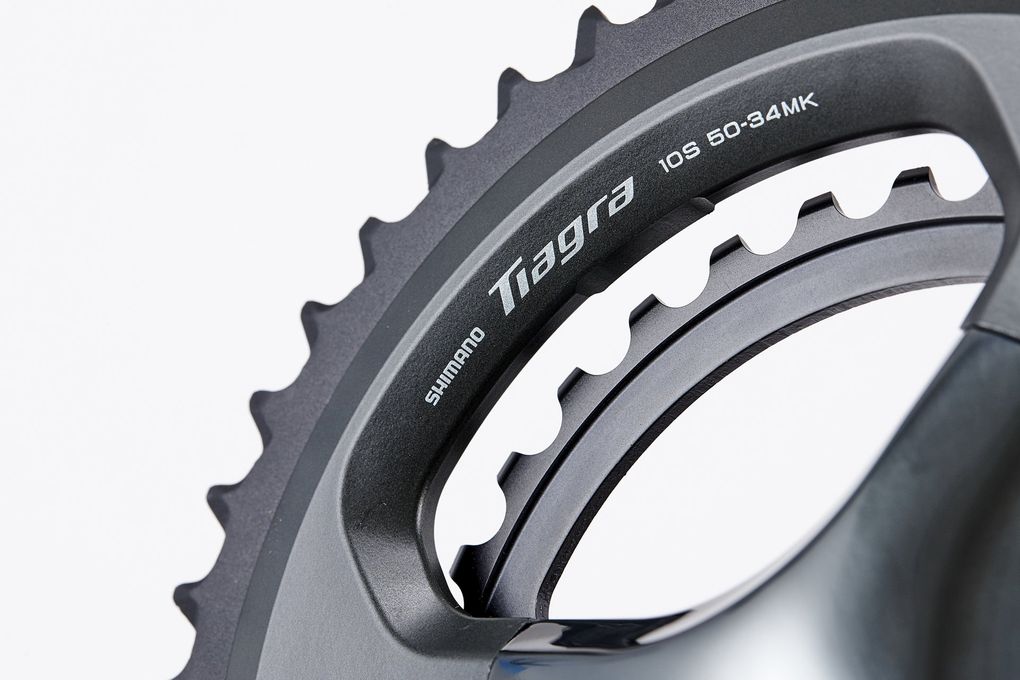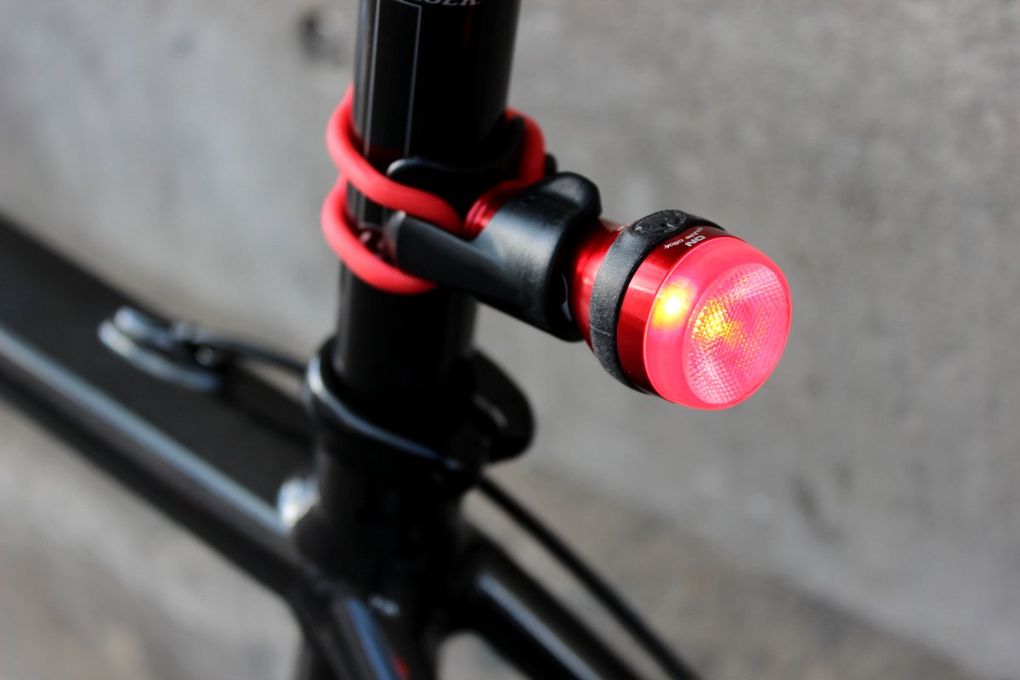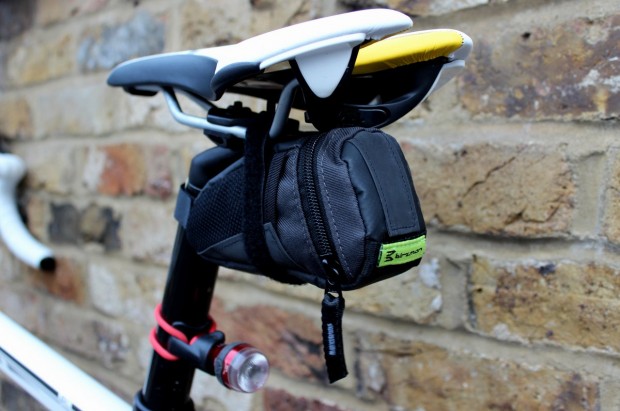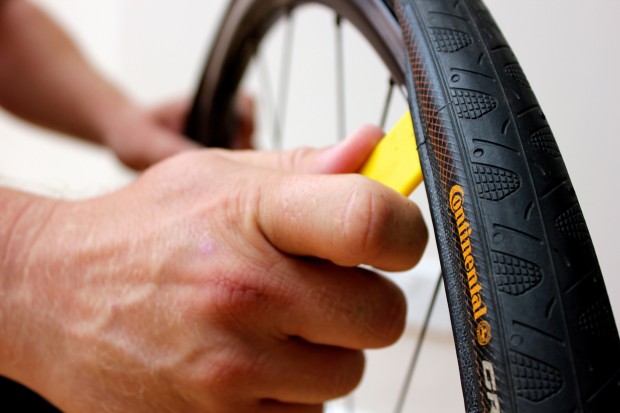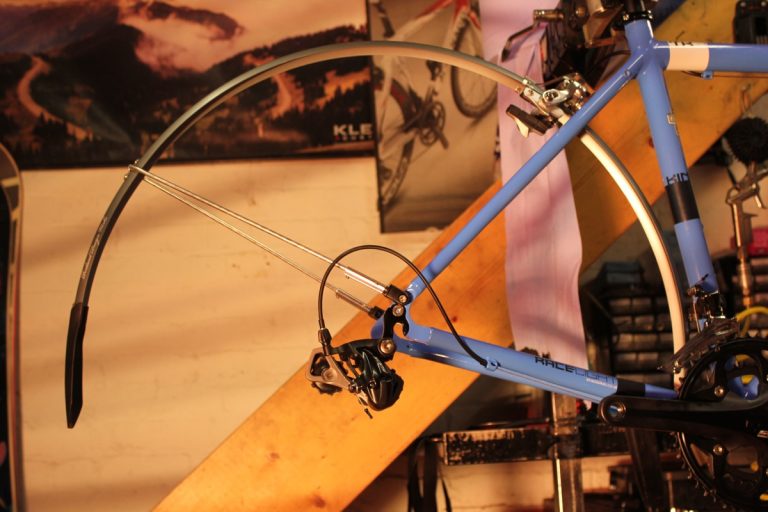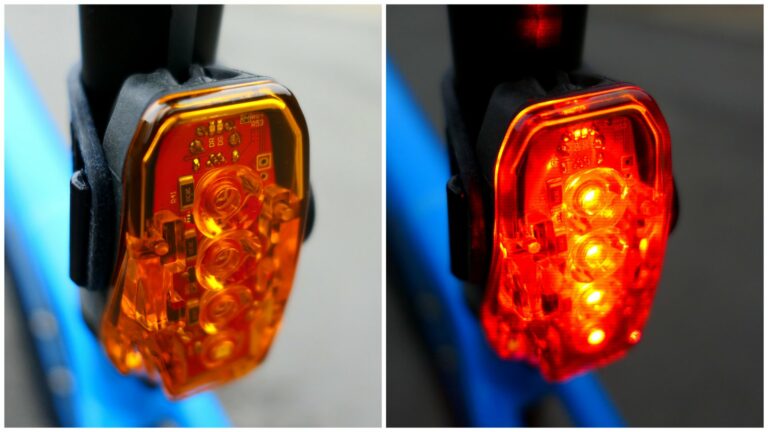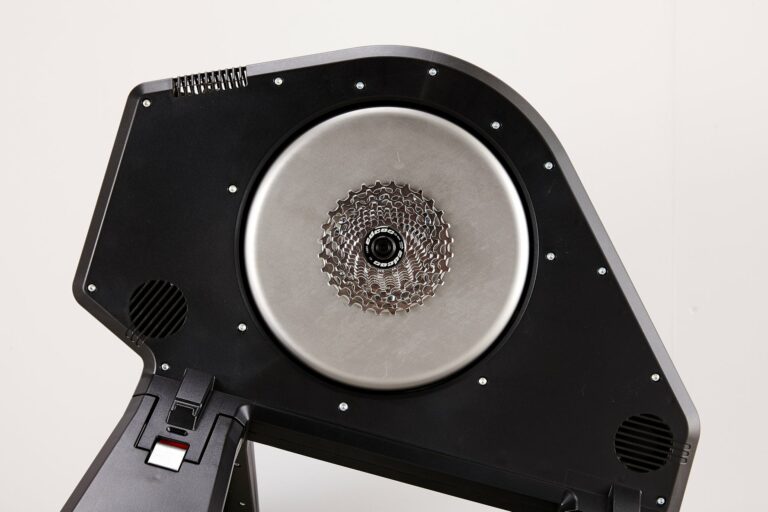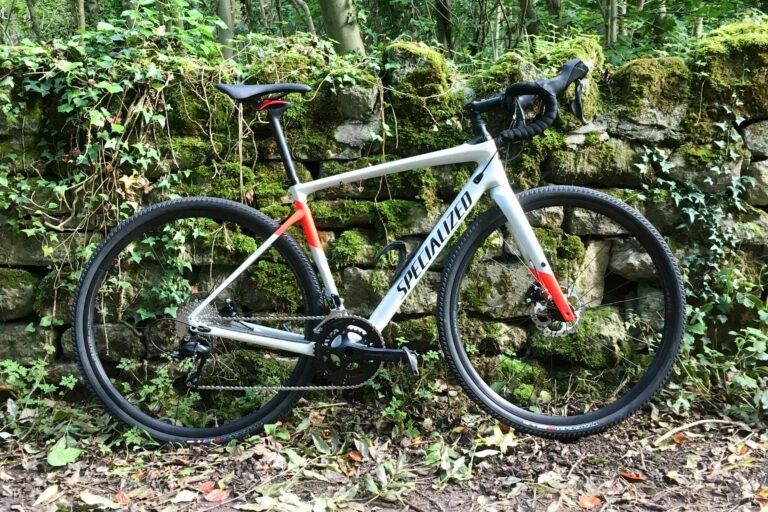With winter here for good, many riders have put the summer bike into hibernation and woken the winter bike from its slumber, ready for the months ahead.
The winter bike is a stalwart friend, the one you turn to in the long winter months. If your bike collection was a pro cyclist, the winter bike would be Ian Stannard – unlikely to win any bunch sprints, but definitely the one you want on a grisly afternoon somewhere in Belgium. Tough and up to the challenge, whatever the weather.
The reasons for having a dedicated winter bike are fairly practical – if you’ve invested heavily in a ‘nice’ bike for summer riding, be that racing or climbing mountains with your friends, then it doesn’t make sense to expose that same bike to all the rigours of winter. Far better to have a more robust option designed specifically to stand up to the test of riding through the rain, snow, sleet, mud and misfortune that winter tends to bring.
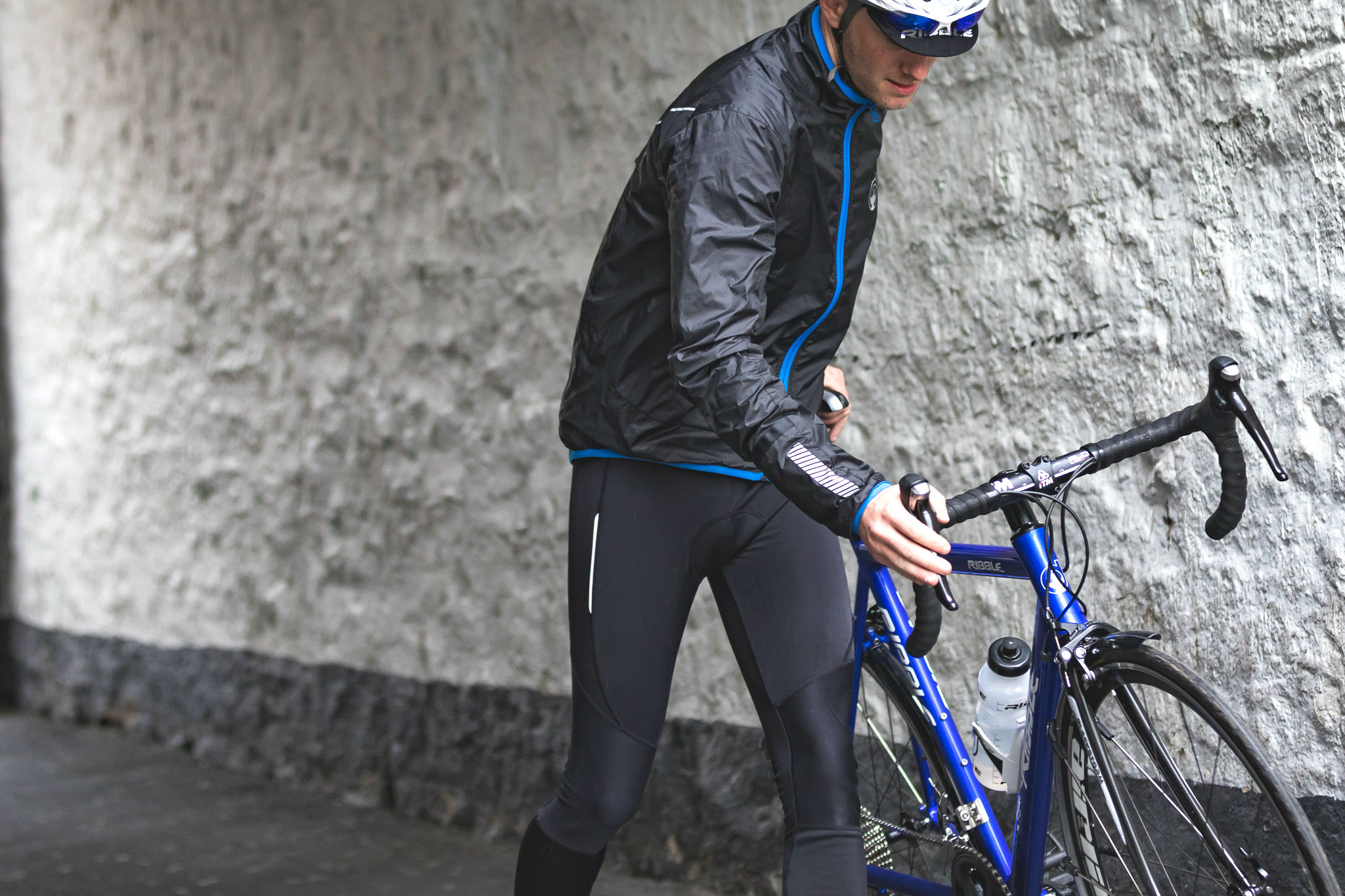
Reliability is the chief characteristic one should look for in a winter bike, while wide tyres, excellent brakes and the ability to fit mudguards are also ‘essential’ attributes. In recent years there’s been a trend toward wider tyres (from 25mm to 28mm as standard), and a definite uptake in the use of disc brakes, which offer major advantages in terms of all-weather stopping power.
Your own winter bike may be an old road frame, much loved but retired from active summer service, or it may be a purpose-built machine born to tackle the grimness of winter. Whatever its back story, there are some key features that make the perfect winter bike. This is our hit list.

